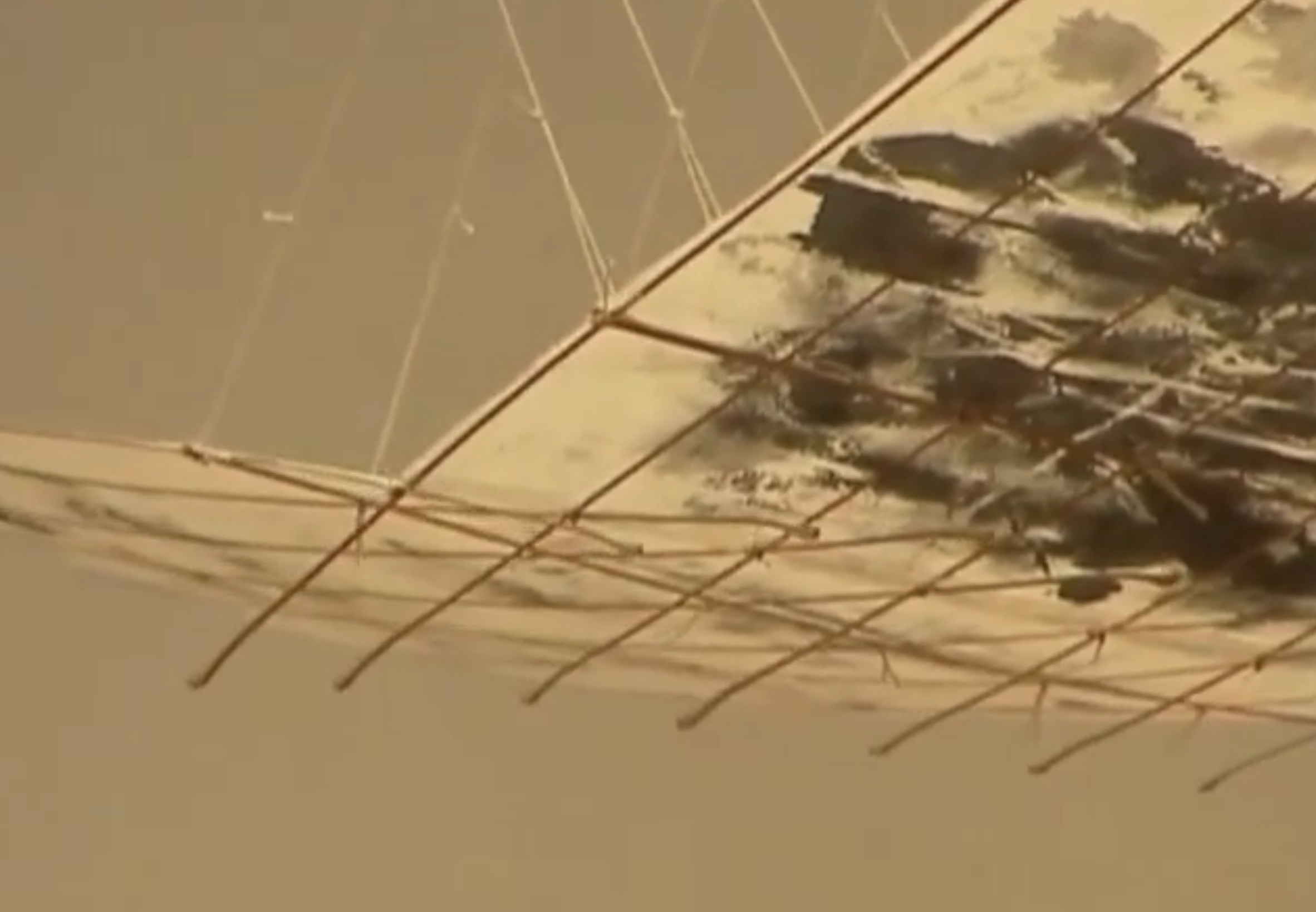Delighted to read this post today from the Japanese Paper Place.
On Friday June 12th 2015, the Rembrandt House Museum will open an exhibition devoted to Rembrandt’s extraordinary choice for paper from Japan. It has long been known that Rembrandt made prints on this kind of paper, but it remained unclear from which region it originated. Recently researchers in Japan and in The Netherlands (Rijksmuseum) have started research on whether the paper originated from Japan and more particularly from the region of Echizen, located in Fukui Prefecture, Japan. Rembrandt was even a pioneer in the use of such valuable and exotic papers, starting around 1647. The only etched portrait of his son Titus was exclusively printed on Japanese paper. Dramatic comparisons with prints on western paper will reveal the effect of Rembrandt’s striking choice.
Dutch East India Company (VOC)
Japanese paper was already known and used by Europeans for a while: the Jesuits had even printed books on it. From 1609 the Dutch East India Company (VOC) had a trading post (factory) in Japan, which used local paper for its own administration. However, the paper was also traded: to Taiwan, Batavia and even The Netherlands.
Japanese Paper
From approximately 1647 until his last etching in 1665, Rembrandt printed most of his copper plates regularly on Japanese paper, and he also used the paper for drawings. His prints on Eastern paper look clearly different from those printed on Western paper. The Japanese paper types which Rembrandt used are usually light-brown to light-yellow, and sometimes ivory-colored. They are often smooth and shiny, whilst Western paper has a more rough and matte surface.
Use by Rembrandt’s Contemporaries
Some students of Rembrandt and other contemporaries, like Philips Koninck, Pieter de With and Jan Lievens, used Japanese paper as well. It seems to have been highly valued by collectors. Several of Rembrandt’s followers in the 18th century also printed their etchings on Eastern paper. As far as can be presently determined, Rembrandt mainly used Japanese paper, but it is not known how it came to his possession.
Echizen Paper
Echizen is one of the earliest areas of paper production in Japan. As far as can be historically verified, Paper making likely began in Japan approximately in the seventh century and is documented for Echizen in the eighth century. The administration of the Dutch trading post in Hirado (later moved to Nagasaki) shows that the VOC regularly acquired Japanese paper for their own use in the period 1620-1660 and also shipped it to the VOC trading posts in Taiwan and Batavia in this period. The results of the research on whether Rembrandt used Echizen paper for some of his prints will is expected to be announced in May before the opening of the exhibition. The exhibition in The Rembrandt House Museum will also share with the public the details of the Echizen paper making process.
This exhibition was made possible with financial support from Mitsubishi Corporation and Fukui Prefecture.
Museum Het Rembrandthuis | Jodenbreestraat 4, 1011 NK Amsterdam, Netherlands






























